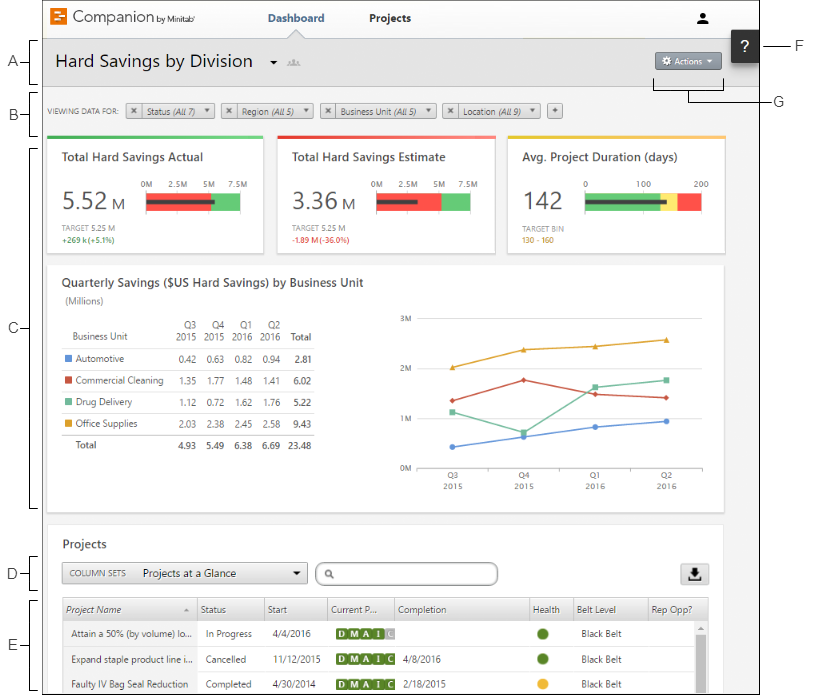

This requires opening a port on your router and getting a name for your Home Assistant on the internet.

If you don't want to use Nabu Casa Cloud (which is fine, but you should still subscribe and enjoy the warm feeling of supporting Home Assistant), you need HA to be accessible from the internet. Nabu Casa Cloud acts as a "smart" proxy on the internet, tunnelling your frontend in an encrypted manner from your home to your phone, regardless where you are and without requiring opening your home network to inbound traffic from the internet. The easiest way is to subscribe to Nabu Casa Cloud for the small monthly fee of $5 US, which will solve all this for you and you can (almost) stop reading here, as well as supporting further development of Home Assistant. This is all fine and will work perfectly well as long as you never take your phone or tablet outside your home, but what if you do? If you use Home Assistant OS and haven't changed any of the defaults, Home Assistant will also be reachable at. Just within your home network you might know that your Home Assistant is on an IP like 192.168.1.4 and listening on port 8123.

In order for the app to talk to HA, it needs to know its address. This guide aims to help you understand the requirements, some of the complexities and our recommended typical solutions to setting up network access to your Home Assistant instance: The basics: How the app talks to your Home Assistant Having your Home available anywhere and everywhere you go is important, whether you forgot to turn off the stove or you want to check the camera views because of an alert.īecause we want your smart home to be private and secure on the web, many parts of the puzzle need to align just right so everything works as you expect.


 0 kommentar(er)
0 kommentar(er)
